Norfolk Castles
|
Norfolk has surviving examples of castles from many different eras |
|
An Introduction to Castles in Norfolk
|
In the 3rd century, Romans put up forts to defend the Norfolk shore from Saxon raiders. In the Late Middle Ages, wealthy landowners constructed fortified manor houses to flaunt their wealth. But Norfolk's real castle-building heyday was between those two periods, in the aftermath of the Norman conquest. Dozens of strongholds were speedily erected, for both military and aesthetic reasons. The Normans wanted to cement their power, in an equally physical and psychological way. Norfolk has surviving examples of castles from all of these different eras. Norwich Castle, William the Conqueror's royal stronghold, is the most well-known. The fact that the remains of so many others are still standing today is a testament to the skill of the stonemasons. |
10 Top Castles in Norfolk
|
|
This dual-purpose fortress and royal residence was built for William the Conqueror. Hillsides were steeped, walls erected, and roughly 100 inconveniently placed houses were cleared out of the way to make room. The work was continued by William's successors, who never actually did live here. Their creation spent half a millenium as a prison, but since 1894 it's been arguably the most important museum in East Anglia. Its exhibits don't just cover the castle's own history, but the wider and older history of the whole continent. |
|
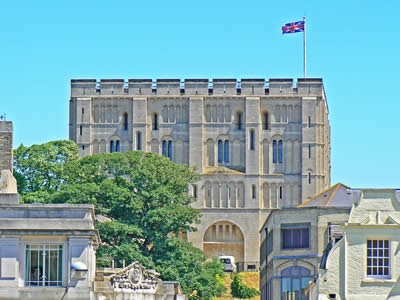
Click to view pictures of Norwich Castle |
| |
|
|
In the 12th century, when William d'Aubigny married King Henry I's widow, he wanted to broadcast his new-found social status. He did so by constructing Castle Rising, which at the time was the largest building in England. Not satisfied, William renovated the entire landscape to suit his taste. Both the town and its surrounding deer park were arranged tidily in front of the windows of the great keep. The landscape has changed slightly since then, but the castle is in wonderful condition. The current manager is a descendent of William d'Aubigny. |
|
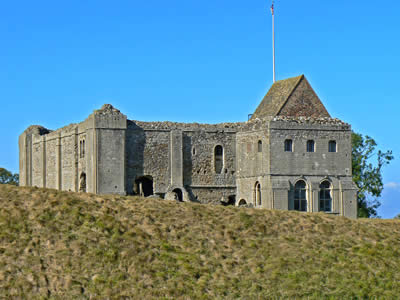
Castle Rising near King's Lynn |
| |
|
|
Castle Acre is a relic of the Norman Conquest. It’s in ruins, but the earthworks suggest its past strength. Its neighbour, the priory, is in much better condition; in fact it's among England's best preserved monastic sites. After building the castle and church, the Normans proceeded to fortify the entire village. The walls were crowned on the northern side by the Bailey Gate, which is still standing. The castle, priory and gate, Castle Acre's trio of Norman buildings, powerfully convey just how irresistable that regime was. |
|
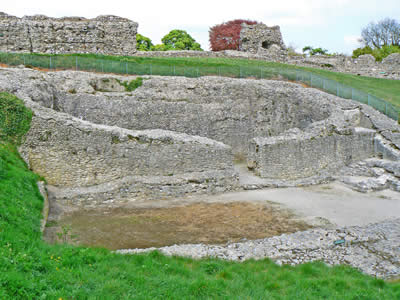
Click to view our Castle Acre picture tour |
| |
|
|
In 3-4AD this was built as one of a chain of forts defending the south-east coast from North Sea raiders. There were towers for catapults, and plenty of room for cavalry to be garrisoned. Some of the walls are still standing, but others have long since slipped into the estuary at the castle's feet. This body of water has shrunk over the years. A trip to Burgh – a gradually eroding castle guarding a receding river – is a good illustration of East Anglia's constantly changing coastline. |
|
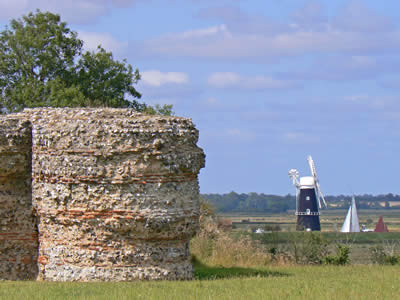
Click to view our Burgh Castle picture tour |
| |
|
|
In the 15th century, Caister Castle became one of the first major building projects to use brick, rather than wood or stone. Its main feature was a 33 metre tower. Surprisingly, while the rest of the castle has fallen into the ruin, the tower is still in good enough condition to be climbed. Next door is a purpose-built motor museum, housing Britain's largest private collection. There are all the vintage and sports varieties of car you might expect. But there are surprises too, like the very first Ford Fiesta off the production line. |
|

Picture coming soon! |
| |
|
 |
Thetford Castle |
|
This might be more appropriately described as the ghost of a castle. All that's left is the ground it used to stand on: a gigantic mound of earth, surrounded by defensive banks and ditches. They're arguably the most formidable earthworks in England. Thetford Castle was built in the 11th century but has barely been used since the 12th, hence its disappearance. According to legend, underneath the mound is a large stash of treasure from the nearby Thetford Priory. |
|

Picture coming soon! |
| |
|
|
Baconsthorpe was built in the 1400s by the enterprising Heydon family. It grew as their wealth did, into a gigantic fortified mansion. The amount of protection they gave their home is perhaps evidence of how unpopular some of them were. There's a curtain wall, inner and outer gatehouse, plus a 15-metre moat on three sides. The castle seems determined to isolate itself from the world. It's surrounded by nothing more than lawns and a lake. This is the middle of nowhere; it's at once beautiful and sinister. |
|
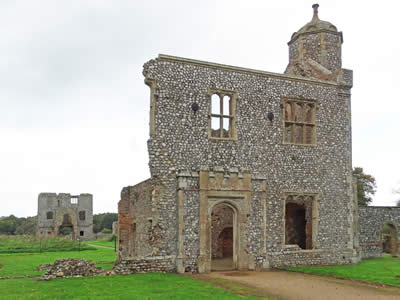
Click to view pictures of Baconsthorpe Castle |
| |
|
 |
Weeting Castle |
|
This 12th century ruin was more of a manor house than a castle. Its defences, including a 3-storey tower and a moat, were for aesthetic, rather than military purposes. Today, the moat is dry and most of the walls have fallen down, but there's enough stonework left to suggest the shape of the place. The north-west corner of the moat hides a small, brick ice-house that was probably built for the nearby Weeting Hall. |
|

Picture coming soon! |
| |
|
 |
Buckenham Castle |
|
There are actually two castles sharing this name. Old Buckenham Castle was a Norman fort built on earlier earthworks. Its owner, William d'Aubigny, wasn't satisfied with the place, so he gave it to Augustinian monks and replaced it with a better model. New Buckenham Castle is just two miles along the road. Very little of either structure remains, but their names live on via the two neighbouring villages of Old and New Buckenham. The latter settlement still retains its medieval street plan. |
|

Picture coming soon! |
| |
|
|
From the outside, Oxburgh looks imperious, perhaps even unfriendly. It sits within a moat, guarded by a fortified Tudor gatehouse. But this isn't a military fortress, it's a home. The same family, the Bedingfelds, have been living here since the 15th century. The building tells their ancestors' stories. The needlework hangings were created by Mary, Queen of Scots, the King's Room once hosted Henry VII, and the secret trapdoor was used by persecuted Catholic priests. Climb up to the roof for views of the Victorian greenhouse, the flower gardens and rest of the Norfolk countryside. |
|
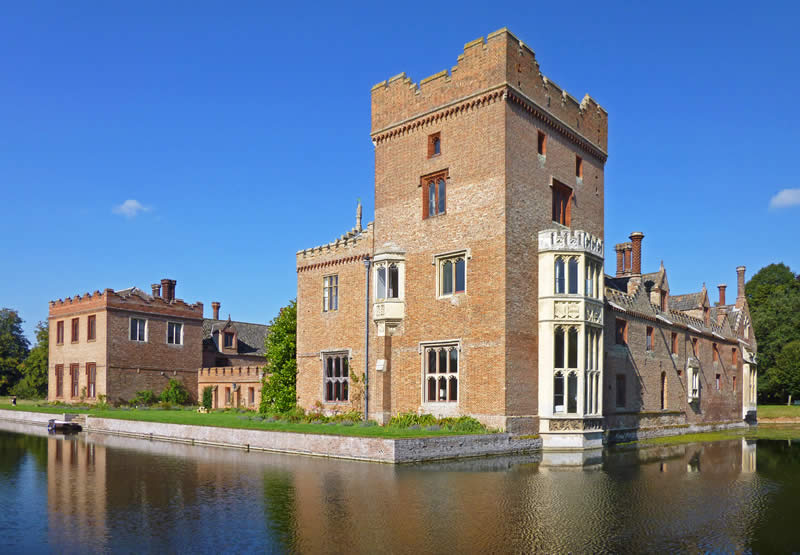
Click to view our Oxburgh Hall picture tour |
|
NORFOLK PICTURE TOURS |
|
|
|
|
|
|
|
MORE OF OUR WEBSITES |
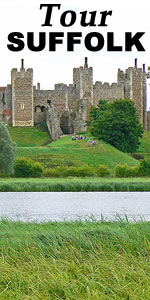 |
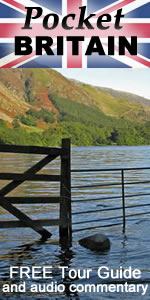 |
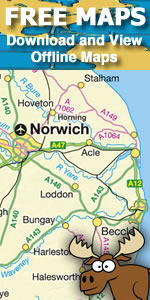 |
| |
|

